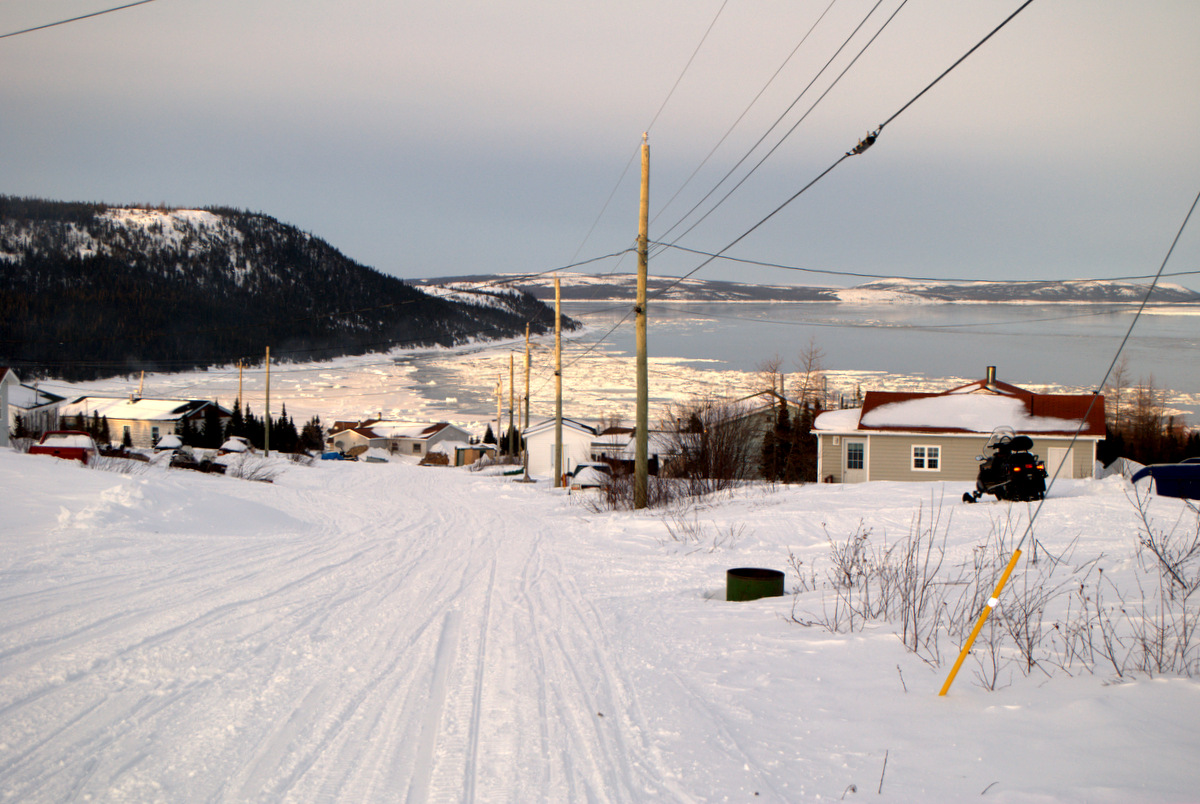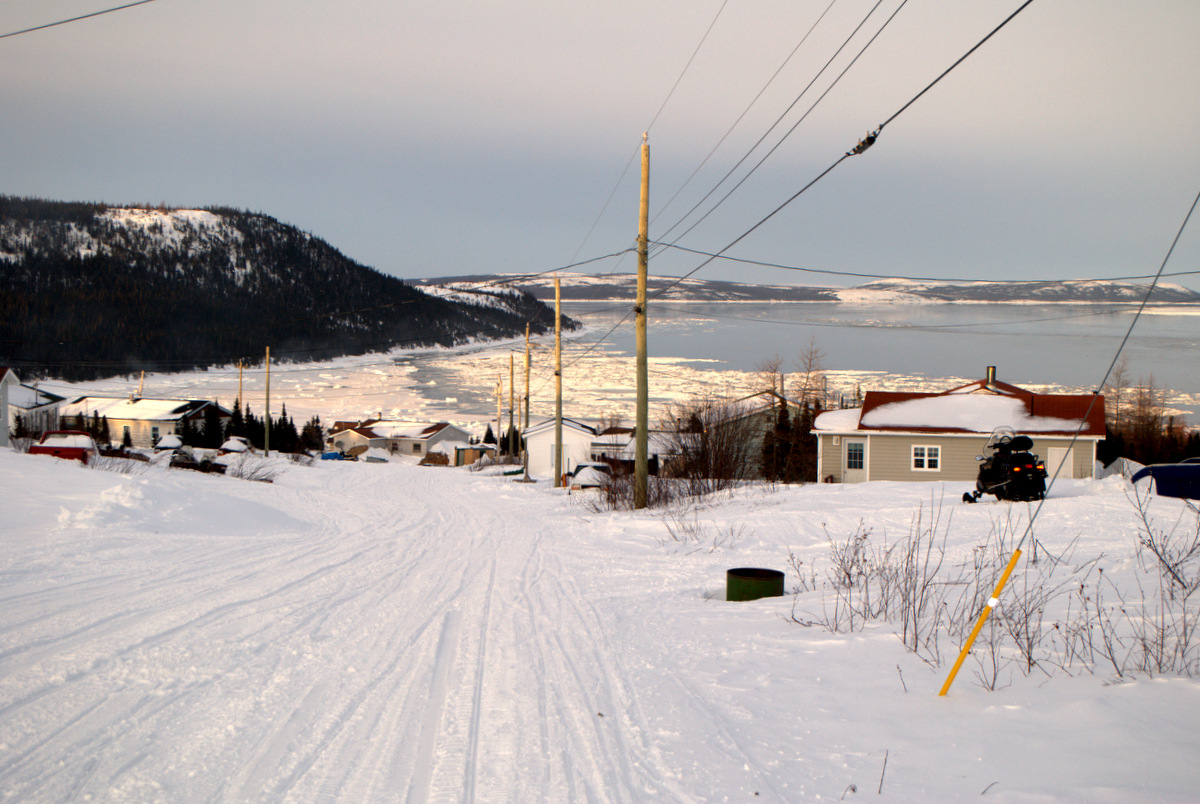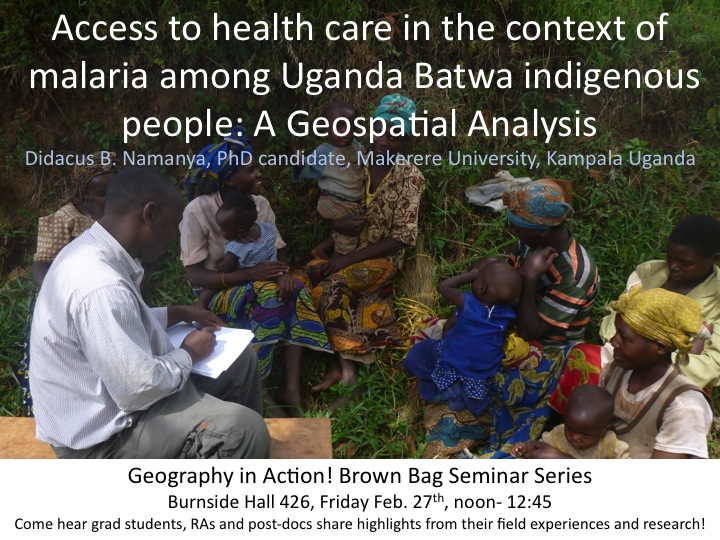A new IHACC research article led by Mya Sherman has been published in Natural Hazards. The article, entitled "Vulnerability and adaptive capacity of community food systems in the Peruvian Amazon: A case study from Panaillo", is based on Mya's Masters' thesis work. To access the article, click here. Abstract:
Rainfall variability and related hydrological disasters are serious threats to agricultural production in developing countries. Since projections of climate change indicate an increase in the frequency and intensity of climatic hazards such as flooding and droughts, it is important to understand communities’ adaptive capacity to extreme hydrological events. This research uses a case study approach to characterize the current vulnerability and adaptive capacity of the food system to hydrological hazards in Panaillo, a flood-prone indigenous community in the Peruvian Amazon. Participatory methods were utilized to examine how biophysical and socioeconomic factors constrain or enable local adaptive capacity to climatic hazards over time. Seasonal flooding was shown to strongly influence agriculture and fishing cycles. Panaillo residents have developed several adaptive strategies to adjust to hydrological extremes, such as food-sharing and the cultivation of fast-growing crops on riverbeds. However, Panaillo residents generally lack the necessary human, physical, social, and natural resources to effectively employ their adaptive mechanisms as a result of major social and environmental changes in the area. Economic development, low institutional capacity, climate variability, and the assimilation social model in Peru all have profound effects on the food system and health by affecting the ways in which adaptive strategies and traditional livelihoods are practiced. Climate change has the potential to exacerbate these socioeconomic and biophysical drivers and further compromise community food systems in the Peruvian Amazon in the future.





